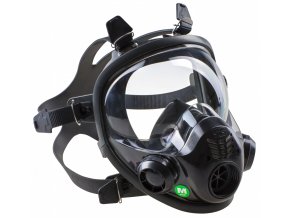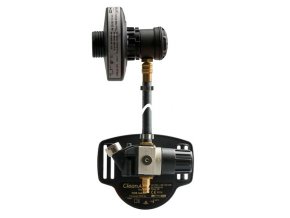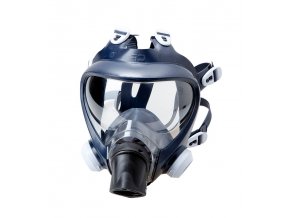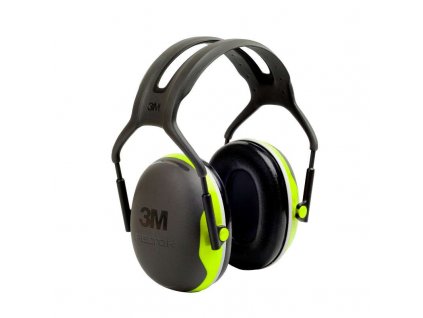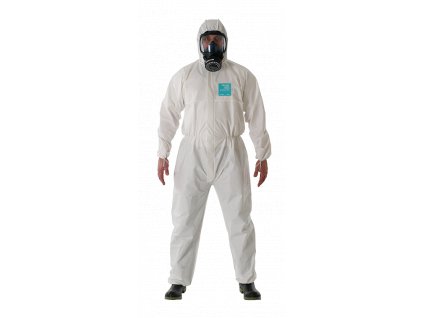› Respiratory protection › Filters for Respiratory Masks › NATO 40x1/7 Thread Respirator Filters › Particle filter CleanAir P3, dual thread 40x1/7
Particle filter CleanAir P3, dual thread 40x1/7
Description
CLEANAIR P3 PARTICULATE FILTER
Thread RD40x1/7" at inlet and outlet
Technical Specifications:
- Connection: thread RD40×1/7" inlet and outlet
- Colour marking: white stripe
- diameter / height: 110 mm / 50 mm, weight: 90 g
- Certification: EN 143, EN 12941, EN 12942
- Art.No.: 50 00 48
The P3 filter protects against:
particulate matter in the form of liquid and solid aerosols
e.g.: dust, fibres, toxic and non-toxic fumes, bacteria, viruses, radioactive particles
* other captured substances are available in the detailed documentation
Filter lifetime
The lifetime of filters depends mainly on the concentration of pollutants in the workplace, humidity and air flow, i.e. the physical demands of working with the mask or the setting of the filter ventilation unit. Particulate filters Filters become clogged with particles and air moisture. If the breathing resistance increases during breathing, the filter should be changed immediately.
Restrictions on use
When used against radioactive substances, bacteria and viruses, only single use is recommended!
CleanAIR® filters
The body of the CleanAIR ® combined canister filter is made of highly durable plastic and the filter medium removes solid and liquid particles from contaminated air

The comprehensive CleanAIR® canister filter product range offers users a wide choice of filters for most industrial applications, pharmaceutical industry, laboratories and agriculture.
Principle of PARTS FILTRATION
The material used in the antiparticle filters is composed of layers of randomly stacked glass microfibres of various diameters from 1 to 10 μm.
The ability of an antiparticle filter to trap airborne pollutant particles is determined by the physical and mechanical properties of the filter media. The principle of filtration is based on the following mechanisms: INTERCEPTION, INERTIAL CONFINEMENT, DIFFUSION AND ELECTROSTATIC ATTRACTION
- INTERCEPTION (INTERCEPTION)
Small and light particles are able to pass along the filter fibres with the air flow. If the particle gets close to the filament (the distance between the centre of the particle and the filament is less than the diameter of the particle), it touches the filament and is captured. The larger the particle, the more efficient the capture.
- INERTIAL WEDGING
It is due to inertia. The heavier particles have a moment of inertia so great that they cannot follow the airflow around the filter fibres and continue in their original direction. This will cause them to impact and wedge on the fiber. Efficiency
inertial wedging increases with increasing air velocity, pollutant particle size and decreasing filter filament diameter.
- DIFUZE
Particles smaller than 1 μm also do not continue in the direction of airflow around the fibres. The essence of diffusion is that at the stated particle size of the pollutant, the so-called diffusion of the pollutant already occurs. Brownian motion (this is the random oscillatory motion of microscopic particles in a gas or liquid). During this oscillation, a contact with the fiber occurs, which traps the particle. The probability that a particle will be captured by diffusion increases with decreasing air velocity, decreasing particle size and decreasing filter fibre diameter.
- ELECTROSTATIC ATTRACTION
When the particle touches the fibre, the
The filters are supplied with standard connection thread RD40×1/7" according to EN 148-1 or OZ 40x4.
Related products
Be the first who will post an article to this item!



